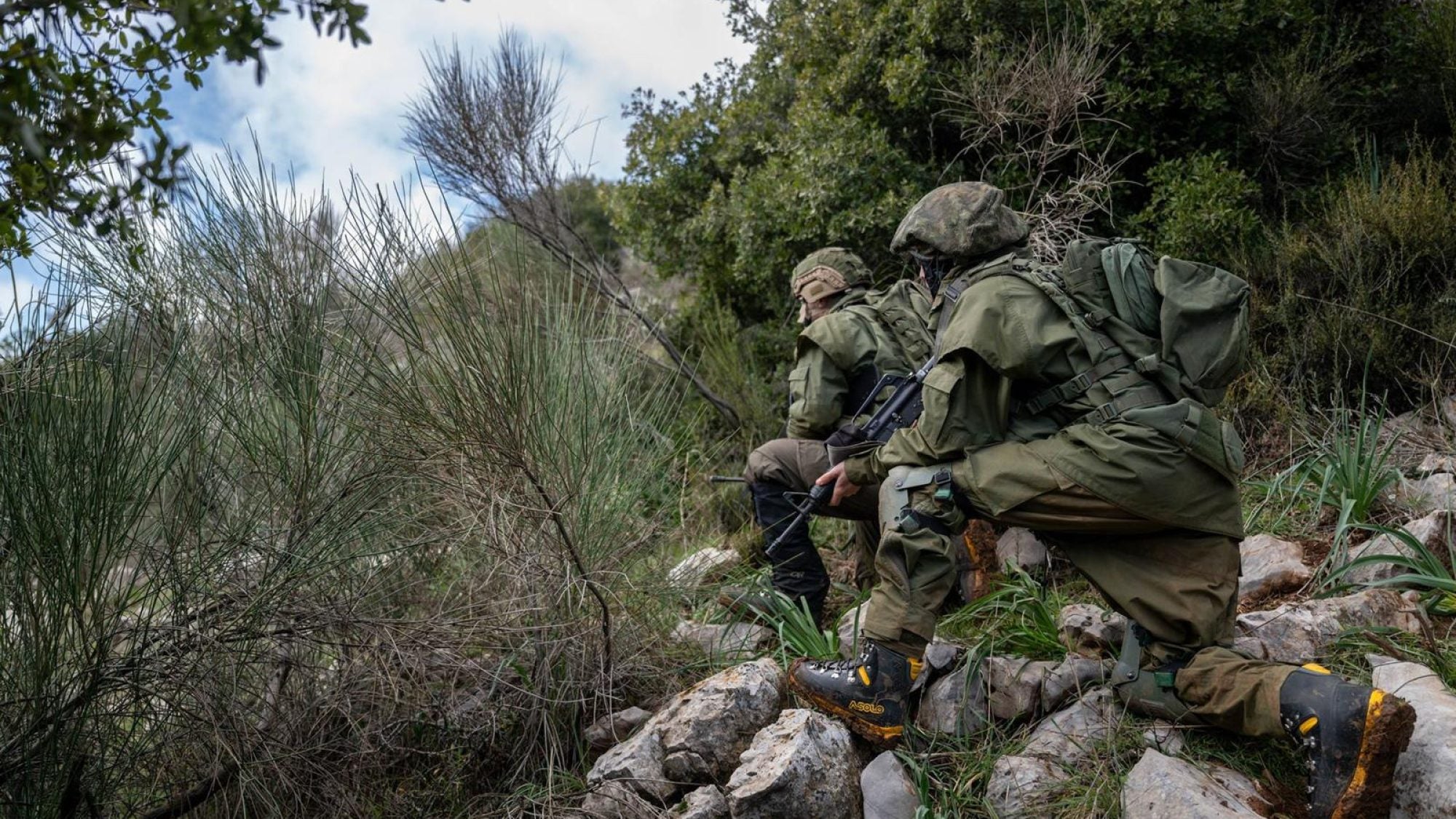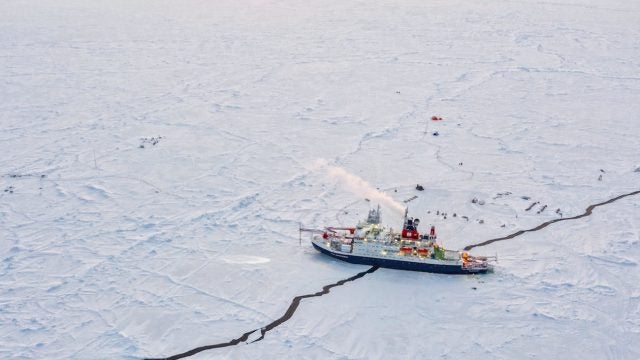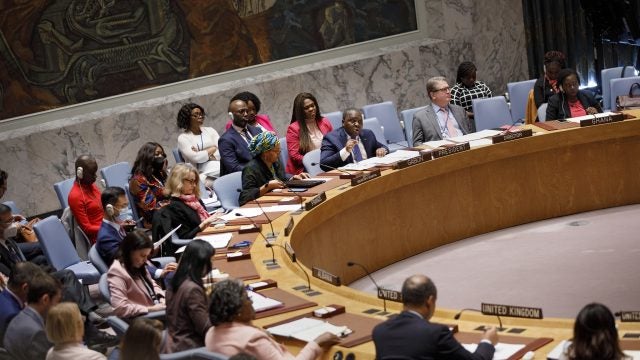
Title: Why Hezbollah Fell
Hezbollah is widely known as the world’s most powerful sub-state actor. However, it suffered a serious military defeat at the hands of Israel in the latest conflict. This article explores the reasons for Hezbollah’s major losses and argues that the group’s ideological hubris and lack of strategic autonomy from Iran provide greater explanatory power than its tactical and security shortcomings during the war.
Introduction
On March 3, 2025, Nawaf Moussawi, one of the few remaining senior figures of Hezbollah, sat for an interview with al-Mayadeen TV to discuss the militant group’s latest war with Israel. When asked what went wrong, Moussawi mentioned the party’s own tactical and security shortcomings and the impact of the loss of military leaders such as Imad Mughniyeh in 2008 and Mustafa Badreddine in 2016. However, the more compelling reasons for Hezbollah’s military breakdown, which neither Moussawi nor anyone in the organization will admit or address, were its ideological hubris and lack of strategic autonomy from Iran.
Iran and Hezbollah: A Double-Edged Alliance
Hezbollah is a political-military Lebanese party—with Lebanese members, a Lebanese support base, and Lebanese representatives in the country’s parliament and cabinet. But there is no question that its belief system borrows heavily from the Islamic Republic of Iran’s philosophy. After all, Iran played a critical role in the creation of Hezbollah in the early 1980s, and the group has drawn inspiration from the Iranian Supreme Leader for decades.
Hezbollah’s ideology is codified in its 1985 and 2009 manifestos and often highlighted in statements by group leaders. Based on the Iranian concept of Wilayat Al-Faqih or rule of the jurisprudent, Hezbollah’s ideology transfers all political and religious authority to the Iranian Supreme Leader. It is the spinal cord and organizing principle of Hezbollah. Take out Wilayat Al-Faqih from Hezbollah, as Hezbollah scholar Nizar Hamzeh once put it, and it becomes a dead body.
From the moment it was created following Israel’s 1982 invasion of Lebanon, Hezbollah has said that it is committed to the destruction of Israel and the liberation of Jerusalem. Unsurprisingly, these slogans align with the official rhetoric of Iran’s leadership. Like Tehran, Hezbollah views its struggle with Israel as foundational and unchanging. Neither has an interest in normalization or coexistence with the Jewish state. Pragmatism has compelled Hezbollah and Tehran to implicitly or explicitly negotiate with Israel over the years, but peace is out of the question for them.
There are benefits to Iran and Hezbollah uncompromisingly opposing Israel’s existence, including developing support bases both locally and regionally, but here is where ideological hubris comes into play: both have repeatedly downplayed Israel’s staying power, suggesting that “Israel is weaker than a spider’s web”—well-known words of the late secretary general of Hezbollah, Hassan Nasrallah, whom Israel killed on September 27, 2024.
It is difficult to determine whether Hezbollah truly perceives Israel to be this vulnerable. However, there is reason to surmise that it does. On May 26, 2000, after Israel withdrew from southern Lebanon, Nasrallah provided a glimpse of his thinking: “This Israel, with its nuclear weapons and most advanced warplanes in the region, I swear by Allah, is actually weaker than a spider’s web… Israeli society is war-weary and lacks the resilience to endure a bloody conflict or suffer casualties. Israel may appear strong from the outside, but it’s easily destroyed and defeated.”
Nasrallah might have felt emboldened to utter such famous words given his group’s role in hastening the eviction of Israel from southern Lebanon after 18 years of occupation. But the myth of Israel’s perceived inferiority kept growing in Hezbollah’s mind, reaching an apex in 2006. In the summer of that year, the group fought Israel for 34 days to a standstill—a feat no other Arab militia had accomplished—and wasted no time in declaring a “divine victory,” even though Israel had destroyed most of southern Lebanon along with the southern suburbs of Beirut, where Hezbollah was and still is headquartered.
Israel views its conflict with Iran, Hezbollah, and Hamas as a fundamental security challenge. Given the stakes, it remains committed to defending itself against these adversaries to ensure its national security. That will to survive is backed by some of the world’s most powerful and technologically advanced military and intelligence capabilities including dozens of nuclear warheads. The Israeli military’s annual budget of roughly $25 billion surpasses the total military spending of Iran and several Arab countries combined.
To dismiss this imposing data would be foolish and reckless. The latest Israeli display of military power speaks for itself: the IDF severely weakened both Hezbollah and Hamas, and exposed Iran’s vulnerabilities by launching precise strikes against the regime’s military infrastructure in October 2024 in response to a largely ineffective Iranian missile and drone attack.
Israeli Strengths
Aside from Israel’s unmatched military strength in the region, Israeli society has shown more resilience than expected by its external opponents. Even during the worst periods of fighting, research shows that Israelis have managed to cope with adversity. Although the latest anti-government protests show that societal resilience ebbs and flows, Israeli society has nonetheless never reached levels of despair, like Hezbollah and Iran would have expected.
Hezbollah failed to perceive reality through the lens of its categorical opposition to the Jewish state. This ideological blindness prevented Hezbollah from accurately assessing how Israel would utilize its strengths in response to Hamas’s catastrophic terrorist attack on October 7, 2023. Hezbollah miscalculated, assuming it could replicate its 2006 approach by supporting Hamas and pressuring Israel to negotiate. However, circumstances had fundamentally changed. Israel was responding to the deadliest attack in its history, and its response was managed by a government widely regarded as the most hardline in the nation’s history.
Yet even if Hezbollah had accurately assessed both its position and Israel’s capabilities, the outcome might have stayed the same. Tehran’s strategic priorities and its significant influence, if not control, over Hezbollah’s higher-level military decisions arguably constituted a decisive factor in Israel’s ability to inflict substantial damage on the organization.
For Tehran, it is assumed that the main value in providing Hezbollah with more powerful weapons all those years is building an effective deterrent against an Israeli strike on Iran’s nuclear facilities. Hezbollah boasts Iranian-made missiles with a range of up to 500km that could conceivably hit any area in Israel. However, Iran’s provision of these advanced weapons systems to Hezbollah appears less oriented toward the stated goals of defeating Israel or liberating Jerusalem, and more pragmatically focused on protecting the Iranian regime’s vital interests and ensuring its survival.
Hezbollah’s Military Options
From a purely military perspective, if Hezbollah had the freedom to take action separate from the influence of Iran, and if it inherently believed in its mission to defeat Israel, it could have opted for far more effective strategies than the one it used on Oct. 8. It had at least three options.
The first option, which is the most escalatory, is to invade the Galilee with the best-trained Hezbollah fighters and sow even greater chaos and panic across Israel. Under that scenario, Hezbollah had a strategic opportunity to launch a Blitzkrieg-style offensive, which could have posed an acute security threat to Israel. This possibility had concerned Israeli defense planners since 2000, when Hassan Nasrallah first alluded to the prospect of a ground incursion by Hezbollah forces.
The second option, which is less escalatory than the first, is to launch a high volume of more lethal and precise missiles against urban and strategic targets inside Israel and, as a result, make it a lot more difficult for the Israeli military to effectively prosecute two fronts—one against Hezbollah, and one against Hamas.
The third option, which is the least escalatory, is to adopt a primarily defensive posture, remaining within Lebanese territory and refraining from opening an additional front against Israel. Hezbollah would only support Hamas politically.
However, in the end, Hezbollah opted for the least effective military strategy: a limited war of attrition it could not even sustain, one that would provoke the Israeli government just enough to badly hurt the group.
Hezbollah’s Oct. 8 response to Israel’s war against Hamas was consistent with Iranian wishes. Doing nothing was not an option for Iran because Hamas is a key player in the Iran-led “Axis of Resistance.” But at the same time, Iran wanted to avoid escalation with Israel, which is why it arguably constrained Hezbollah’s military activity. The great irony is that by doing that and seeking to preserve Hezbollah’s alleged deterrent against Israel, Iran ended up significantly harming its Lebanese ally.
Military historians and practitioners, including Hezbollah itself, will point to tactical and security lapses to explain why Israel came out on top in the latest conflict. Many also will continue to be curious to know the full details of how Israel was able to blow up the pagers of Hezbollah members and locate and kill several group leaders including Nasrallah and Hashem Safieddine.
However, the more convincing source of Hezbollah’s military defeat is much simpler and closer to home: its own ideological hubris, and the problematic relationship it has with Iran. Hezbollah will continue to ignore these truths because the alternative—abandoning Iran and voluntarily transitioning into a more “normal” and unarmed political party—is not an option. If it ever does that, it will lose all its power, influence, and credibility. Yet the status quo is also unsustainable.
Implications for Moving Forward
This presents a historic opportunity for the United States and other powers who have sought to counter Iranian influence in Lebanon and across the region. How to push Hezbollah to give up its arms without risking another political crisis and widespread sectarian violence in Lebanon is a priority. It is also a major challenge.
Addressing that challenge starts with adding credence to the argument that only the Lebanese state (and the Lebanese army)—not Hezbollah nor anyone else—should be responsible for providing security for the country. However, this cannot realistically be done without increased US support. Washington should significantly enhance the capabilities of the Lebanese army to enable it to effectively perform its current and critical border security mission in both the southern and northern borders.
Over the past two decades, the United States has helped turn the Lebanese army into a more effective fighting force, providing it with equipment worth a few billion dollars, training assistance, and a range of advisory services. But the assistance package that should be entertained here to meet the requirements of the border security mission would be much larger in terms of funds, equipment, and training.
With the promise of a seriously upgraded Lebanese army that can competently perform its national defense duties, Lebanese reformists including the current president, Joseph Aoun, and the current prime minister, Nawaf Salam, will have plenty of ammunition to use against Hezbollah’s failed model of resistance, which has brought nothing but ruin to Lebanon.
. . .
Bilal Y. Saab is the Senior Managing Director of TRENDS US, an Associate Fellow with Chatham House, and an Adjunct Professor with Georgetown University.
Image Credit: Israeli Defense Forces, Creative Commons, via Wikimedia Commons.
Recommended Articles

This article explores the uncertain future of Arctic governance amid shifting global geopolitics. It argues that whether Washington and Moscow opt for confrontation or cooperation, multilateralism in the Arctic…

Twenty-five years ago, the United Nations Security Council adopted Resolution 1325, establishing a framework that underpins the Women, Peace, and Security (WPS) Agenda. The Resolution recognized both the…

When we analyze conflicts in the Middle East, we are not analyzing conflicts with isolated impacts but risks for global energy security. Recent conflicts in the Middle East have highlighted…